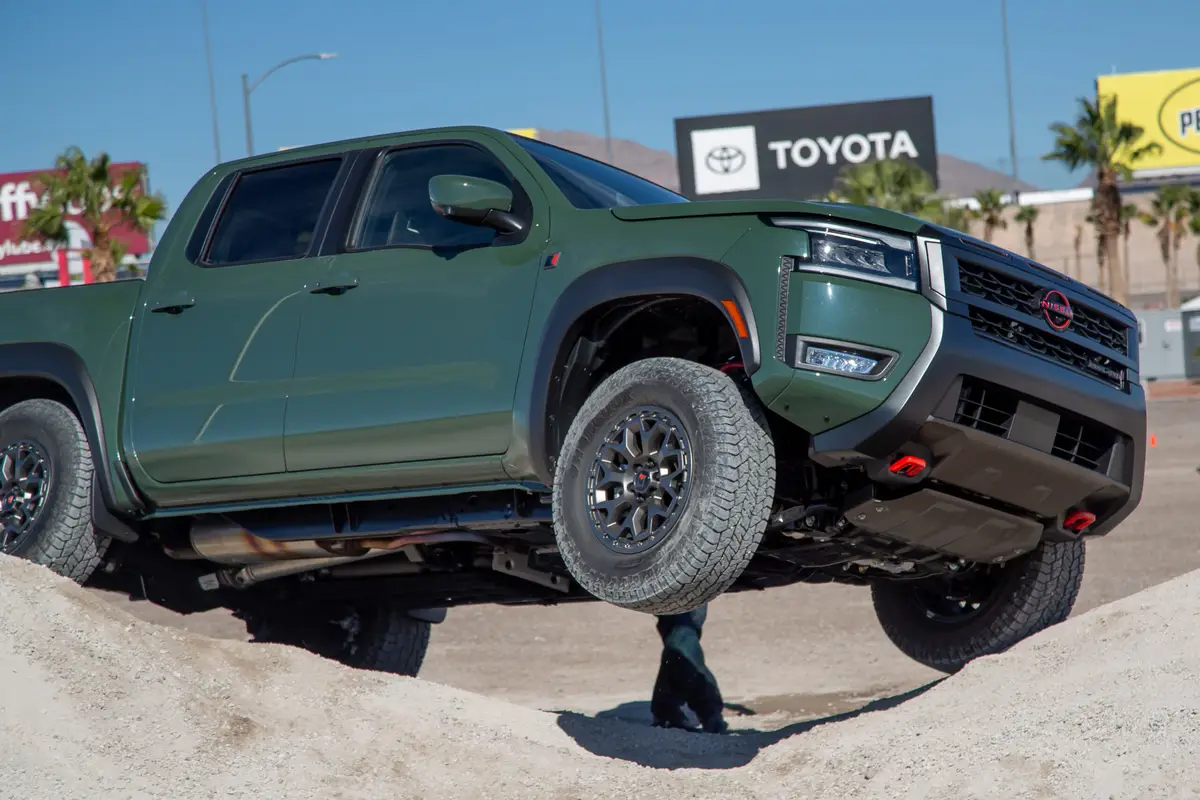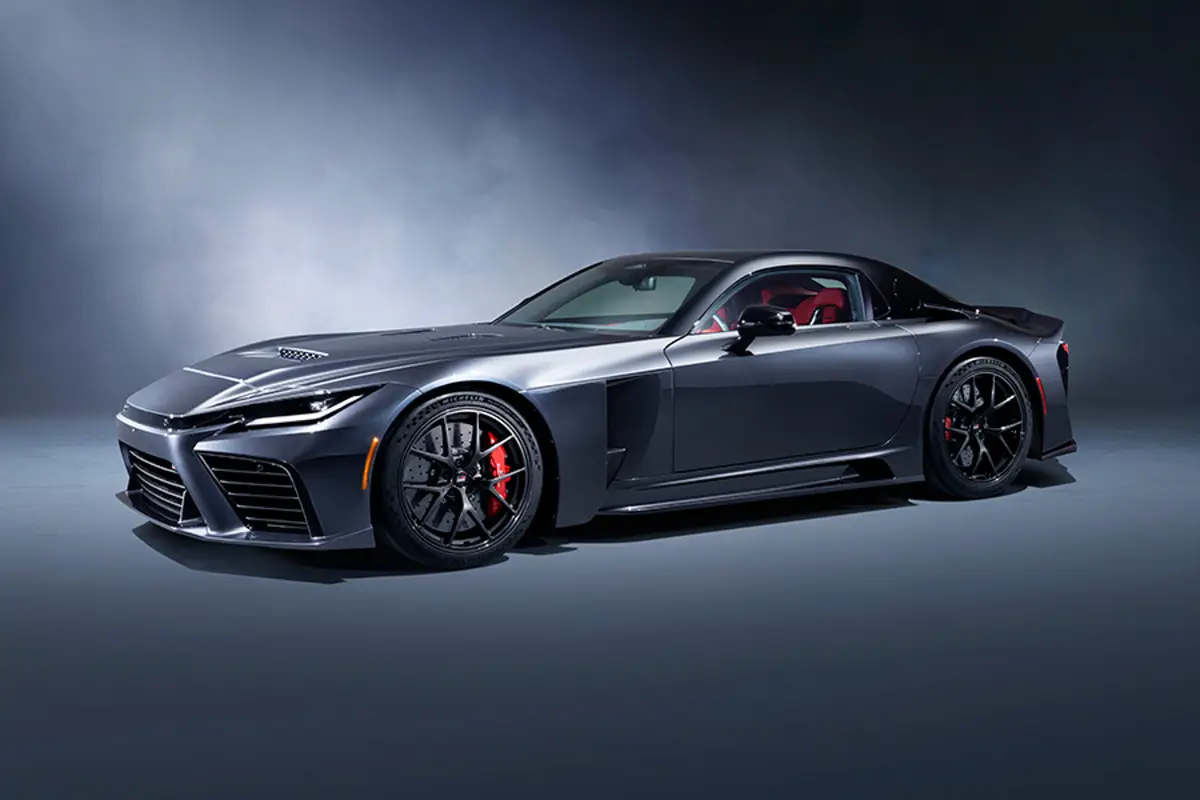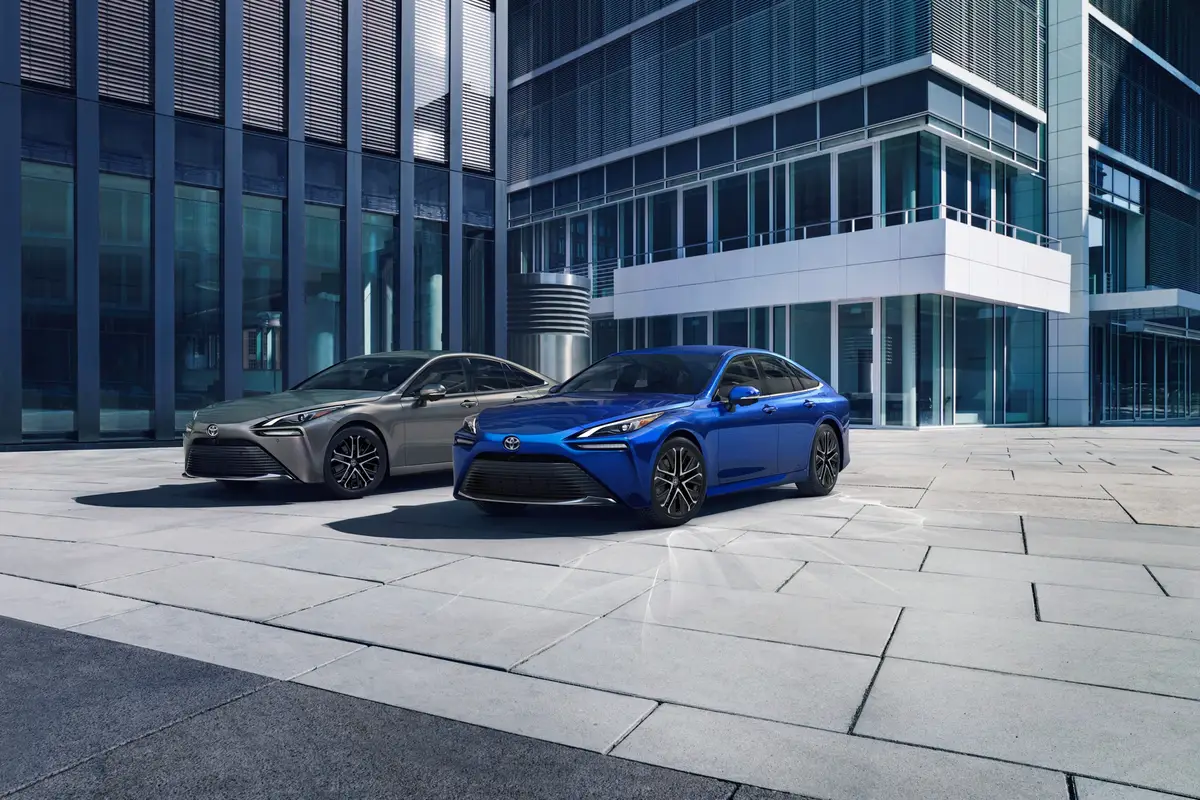washingtonpost.com's view
CAPE HATTERAS NATIONAL SEASHORE, N.C. The sign posted by the National Park Service invited off-road vehicles to the beach. I didn’t read the fine print. It advised off-road drivers to reduce the air pressure in their tires to 21 pounds per square inch. Low-inflation tires have better contact with shifting surfaces, such as sand and snow.
I didn’t do much thinking, either. The tires on the 2006 Range Rover Sport Supercharged weren’t ordinary four-wheel-drive rubber. They were 20-inch-diameter Continental SportContacts; and they were designed for double duty, with a decided bias toward high-speed running and crisp handling on paved surfaces.
Such tires generally are not good in sand or snow. They commonly are referred to as “low-profile,” or “low-aspect ratio” tires. The aspect ratio is the relationship between the height and width of a tire expressed as a percentage of a tire’s width. Just think of it this way: Narrower-width tires with tall sidewalls tend to do better in sand and snow than wider-width tires with short sidewalls. But wider-width tires with low sidewalls usually are better for running fast on dry, paved roads.
I had the wrong tires and wrong attitude in the wrong place. I was huffy. The 2006 Range Rover Sport is available as the 390-horsepower Sport Supercharged, or as 300-horsepower Sport HSE. It is an exceptionally competent machine on and off the road. But its correct use assumes you have common sense enough to follow instructions. I didn’t. I was smitten by technology.
For example, the Sport Supercharged and Sport HSE come with the trademarked Land Rover Terrain Response system, which electronically adjusts the vehicle’s stability, traction control and related systems to improve travel over specific surfaces — paved roads, grass, sand and snow, and substantially more demanding off-road courses. I blithely selected the sand-and-snow option and started on my way. Dumb.
I did not deflate my tires, as recommended by officials of the National Park Service, who know a thing or two about going off-road. I ignored the aspect ratio of my tires, and all that meant. I assumed that the dense, wet-packed sand leading to beach would remain that way forever — which simply means that I need to figure out a way to get to the beach more often.
The packed sand became shifting, loose sand, and I got stuck. It was embarrassing, sitting there in a fancy Range Rover digging tire holes in the sand. But I collected myself, settled down, and recalled all of the things I had learned — but had earlier failed to apply — in Land Rover off-road driving schools. (Land Rover, by the way, is the division of Ford Motor Co. that produces Range Rover vehicles.)
I chose not to deflate the tires, figuring that further reduction of their sidewall height in that circumstance would only make matters worse. I selected the four-wheel-drive-low gear and began backing out of my self-made dunes very slowly. I continued in that mode until the tires touched the hard-packed sand again. I was chagrined, but relieved — upset that my thoughtless bravado had gotten me into trouble but happy that the competence of Land Rover’s engineering and some good instruction in its schools had gotten me out without the need to call some Outer Banks mechanic in a Chevrolet tow truck to pull me from my misery.
Lesson learned: I never again will assume that when the National Park Service officials are giving off-road driving instructions, they are talking to people who aren’t sitting in the luxury of a Range Rover Sport Supercharged, or some other fancy, high-performance four-wheel-drive vehicle. Many of those people in Chevrolets, Fords and Jeeps passed me as I was spinning my wheels. They were running on proper tires, deflated in the manner recommended by the park service.
Sand is sand, and Mother Nature has a way of beating you upside the ego. I got a good whipping; and it was well deserved.
– – –
Nuts & Bolts
2006 Range Rover Sport Supercharged
Downside: Low-aspect ratio tires are great for accelerating and taking sharp turns on paved roads. But even low-profile tires designed for four-wheel-drive vehicles amount to little more than modest compromises for off-road travel. If you are going to spend most of your time off-road, be willing to sacrifice some on-road performance in favor of tires better suited for rough terrain. The same goes for people in snowy regions. Your hot-to-trot sports vehicles — no matter who makes them — will turn into stuck or skidding wimps if you don’t have the proper tires.
As for the Range Rover Sport Supercharged itself, seating and cargo space are tight. The term “sport” in the auto industry usually connotes a vehicle that is more fun than it is practical. That holds true here.
Ride, acceleration and handling: The Sport Supercharged is excellent in all three categories on the road, which is where it is likely to spend most of its time.
Body style/layout: Range Rover Sport models are front-engine, permanent four-wheel-drive vehicles with an electronically controlled, two-speed transfer gearbox. Construction is a variation on the theme of the unitized body concept — in this case an integrated body and frame, including a steel ladder frame and welded steel underbody. There are four side doors and a rear hatch.
Engines/Transmissions: The Sport Supercharged is equipped with a 4.2-liter, supercharged V-8 engine (thus, the name) that develops 390 horsepower at 5,750 revolutions per minute. Maximum torque is 420 foot-pounds at 3,500 rpm. A supercharger compresses more air in engine cylinders, thereby creating a denser air-fuel mixture and more power with a minimum increase in fuel consumption.
A 4.4-liter, normally aspirated, 300-horsepower engine is in the HSE. Both engines are mated to six-speed automatic transmissions that also can be shifted manually.
Cargo and fuel capacities: There is seating for five people. Maximum cargo space with rear seats folded is 71 cubic feet. Maximum towing capacity is 7,716 pounds. Fuel capacity is 23.3 gallons of required premium unleaded gasoline.
Mileage: I averaged 15 miles per gallon in 800 miles of travel. The total fuel cost for the trip was $203. That works out to a bit more than $50 for each 200 miles driven.
Safety: Traction and stability control, electronic brake assistance, six air bags, anti-rollover protection.
Price: The 2006 Range Rover Sport Supercharged starts at $69,750. The Range Rover Sport HSE starts at $56,750. Both prices include a $665 destination charge. “Starts at” is substantially important here, inasmuch as Range Rovers are boutique-mobiles whose prices can soar higher with options and customizing.
Purse-strings note: Compare with BMW X5, Mercedes-Benz M-Class and Porsche Cayenne.
Latest news



